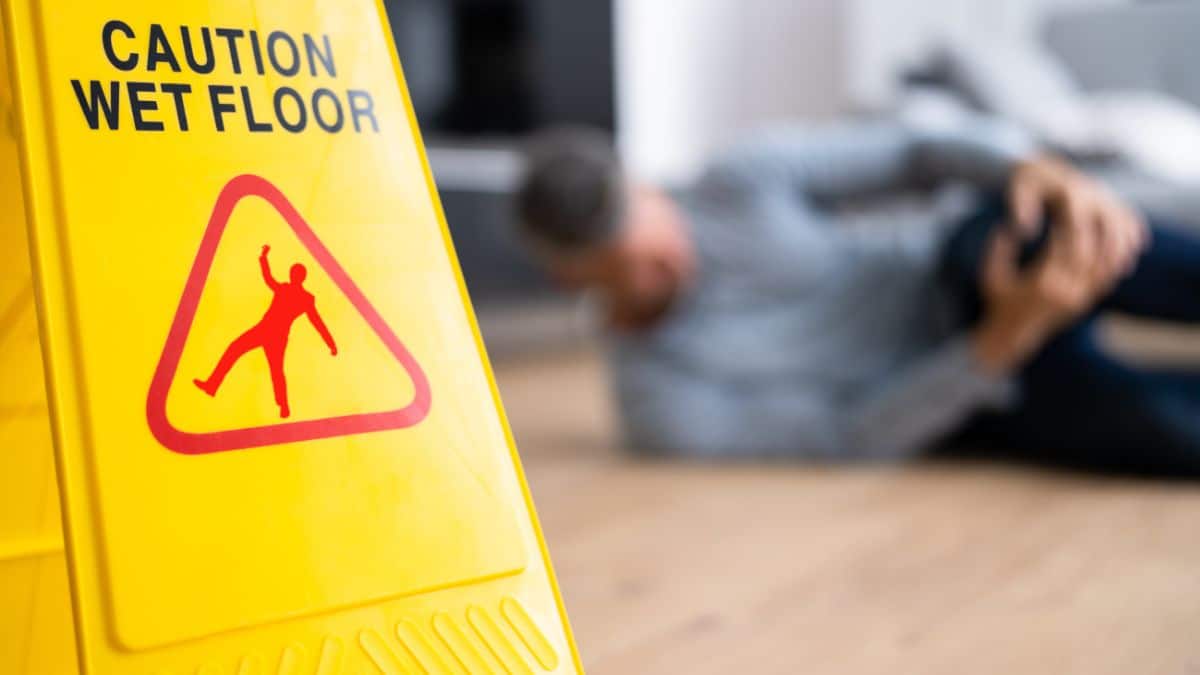Slip and fall incidents may occur at any point in the retail aisles. Scratches and legal trouble aren’t the only things that may happen when someone trips and falls, ruining an otherwise harmonious shopping trip. Thankfully, new technical solutions are emerging to handle and avoid these occurrences elegantly. Let’s look at how technology is taking the lead in ensuring the safety of stores.
Modification in Floorings
Store owners used to rely on warning signs to alert customers about potentially dangerous areas. But this reactive method isn’t always effective in avoiding mishaps. Smart flooring, which uses sensors to detect changes in surface friction in real time, has arrived.
According to The Chopin Law Firm LLC, a leading New Orleans slip and fall accident lawyer, “These smart floors track customer foot movement and quickly notify employees of any dangers. With the data provided by the sensors, shop managers may take preventative actions before an accident happens thanks to their ability to interface with central systems. The combination of technology and safety measures is faultless, laying the groundwork for an accident-free future.”
LED Lighting
Potential dangers may be obscured by the shadows generated by traditional illumination. But LED lights give off the same level of bright light everywhere, making it less likely for accidents to happen because people can see things better.
Properly positioned LED lights might benefit areas with a change in floor texture or a high spill risk. Some sophisticated systems can adjust to surrounding light levels for a constant, well-lit atmosphere. An unsung hero in the fight against slip and fall incidents is LED lighting, which illuminates the stage well.
Cleaning Robots
With sensors and AI technologies, these robotic performers can independently identify spills and other store dangers. After being located, they go to the site and clean and disinfect it without anyone’s help.
By quickly fixing wet floors, these robots not only make the business cleaner but also help reduce the likelihood of accidents. Accidents involving slips and falls are less likely to occur when hygiene and technology work in tandem.
Real-Time Alert Communication
Instant notifications regarding possible dangers discovered by sensors or security cameras may be sent to store workers using mobile apps or communication devices.
With quick communication, you can respond quickly to any situation, whether a spill, an uneven surface, or a busy place. Because everything is interdependent, the whole team is in sync and prepared to deal with any dangers before they become catastrophic. The performance of accident prevention is fine-tuned by using real-time notifications as triggers.
Predictive Insights from Big Data Analytics
Analytics tools go through records of accidents, patterns of foot traffic, and environmental elements to find patterns and possible risk factors. With this foresight, business managers may head off potential safety hazards by fixing problems before they happen. Big data insights serve as the score for all the safety features, making for a well-orchestrated and accident-free shopping experience.
Sensors and AI
The interplay between sensors and AI becomes more prominent as the performance progresses. A powerful team of smart sensors and sophisticated algorithms can anticipate and forestall slip and fall incidents. These sensors may pick up on changes in the surrounding environment, such as unexpected spills or bumps on the floor, and send that data to a system that runs on artificial intelligence.
The smart computer system can look at the information right away. If there’s any danger, it can tell the store workers and do the right thing to keep everyone safe. Customers will have a safer shopping experience due to this preventative measure. Gliding gently towards accident-free zones, it’s a tech-foresight ballet.
Interactive Signage
Thanks to technological advancements, signs may be more engaging and dynamic in getting people’s attention. To warn consumers of damp flooring, slippery surfaces, or other obstructions, digital displays may be strategically positioned around the shop and can show dynamic safety warnings. Shoppers are certain to keep safety information fresh in their minds because of the interactive nature of these digital displays.
Mobile Apps for Reporting by Customers
One innovative strategy gaining favor is giving consumers more agency in making stores safer. Users may report possible risks in real-time using mobile applications intended for shop safety. Anyone can do their part to keep the store secure, whether removing a damp area from the entry or clearing the path of an errant object. By working together, businesses and their customers may promote safety and a feeling of belonging.
Final Thoughts
It is encouraging to see technology’s revolutionary effect on retail safety as we enter an age when it influences every part of our lives. New safety methods, like smart floors and AI monitoring, are making a big difference in preventing slip and fall accidents. Shops that take advantage of these digital developments are securing their customers’ safety and positioning themselves for success in the dynamic retail industry of the future. A more pleasant and safe shopping experience for everyone is within reach, thanks to pixels, sensors, and algorithms that pave the way to safer businesses.


